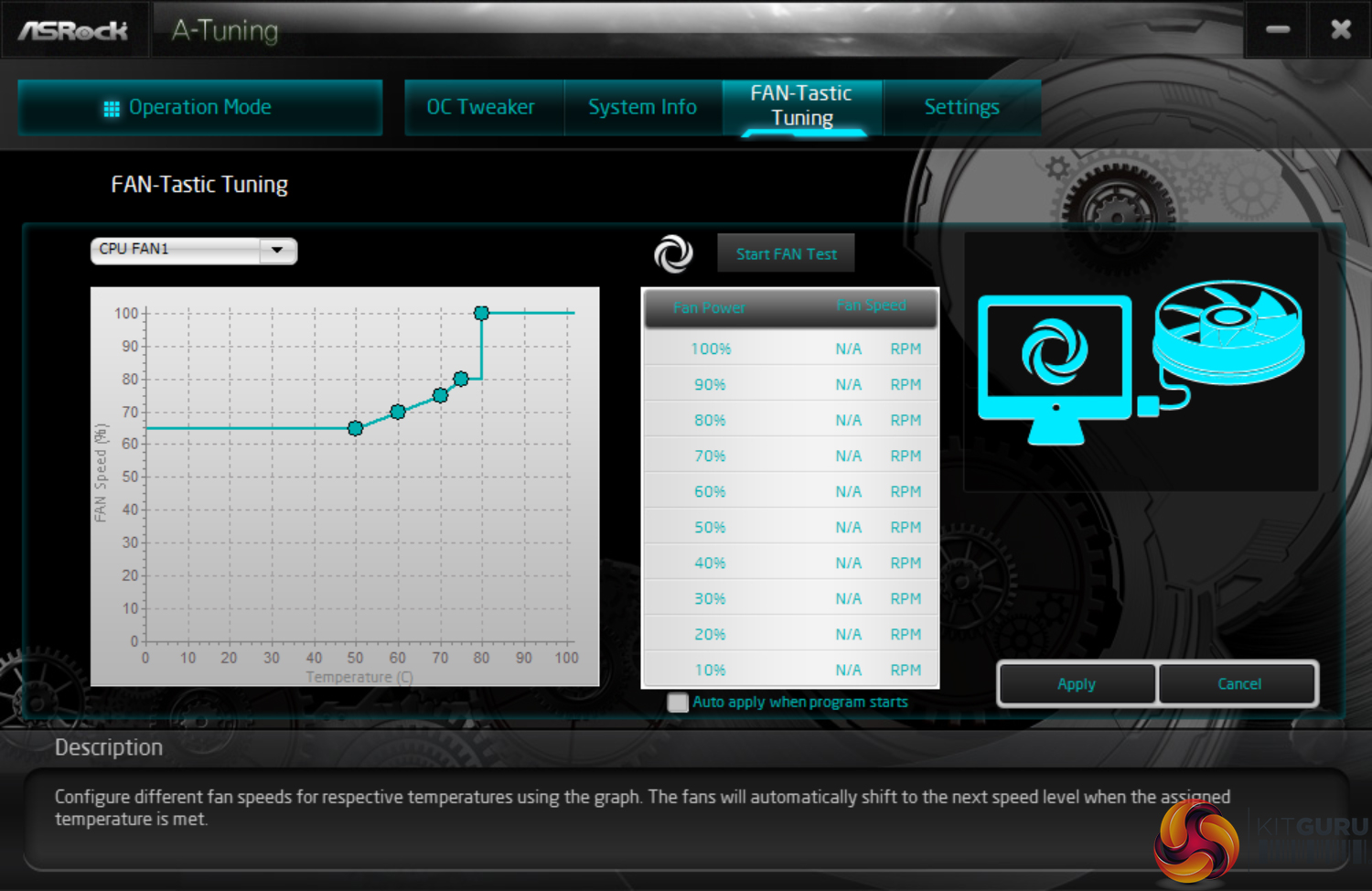


Beefy coolers like the one found on our ROG Strix Radeon RX 5700 XT help compensate for the GPU’s relative isolation with thick heat pipes and dense arrays of aluminum fins. It’s usually on its own, unable to ask for more airflow from case fans when the gaming action heats up. Even closed-loop liquid coolers like the ROG Ryujin AIO cooler we put into our Ryzen build connect directly to a motherboard header. They may all be configured to work together, keeping the host processor from overheating by spinning faster when you fire up a demanding workload. That’s because intake and exhaust fans, just like the fans responsible for cooling your CPU, are usually connected to motherboard headers. Instead, they’re frequently set up to respond to CPU temperatures alone. But the case fans responsible for pulling cool air in and pushing warm air out of your chassis aren’t usually aware of what’s happening with the GPU at all. The card’s fans respond quickly to those ever-changing conditions. It spikes and dips on a scene-by-scene basis, varying cooling requirements from one moment to the next. When it comes to gaming, though, your graphics card is under more load than any other component. It’s no surprise, then, that aftermarket CPU cooling gets a lot more attention than the handful of techniques used to try improving GPU temperatures. Graphics cards, on the other hand, always come with a heatsink of some kind.

Some CPUs include good-enough heatsinks and fans, while others don’t come with coolers at all. After all, even at stock clock rates, an optimized system can be made to run quietly at low temperatures under load. But enthusiasts looking to extract maximum performance from their PCs still need to pay close attention to cooling. Nowadays, chip manufacturers design a wide range of protection mechanisms into their components, preventing careless combinations of settings or a lopsided heat sink from doing harm. Eventually, your CPU or GPU might destabilize or even fail. And if you run your overclocked build at too high a temperature, a phenomenon called electromigration can degrade your chip’s circuitry at a rapid pace. When temperatures rise too high, silicon can throttle back its clock speeds to preserve itself, harming performance. If you prefer using your motherboards lighting software to control all your cooling via an app then that can be done as well.Heat is the worst enemy of PC hardware. Its RF remote control allows you to adjust colours, various RGB modes and speed settings without having to connect it to your motherboard. It can be connected to your PC via the SATA cable to provide enough power to run the hub. It supports multiple ports for 4 or 3 pin fans and ARGB ports which can easily be controlled and adjusted. The Raidmax MX-661 Chameleon ARGB LED Control Hub allows you to manage and control your PC’s cooling system with ease.


 0 kommentar(er)
0 kommentar(er)
